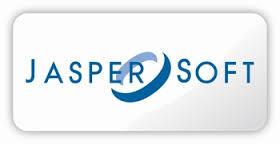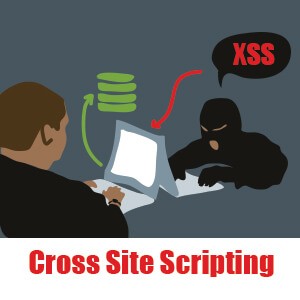In this digital era, information or data plays pivotal role in the process of development. The more information you have, more precise and accurate decision you can take. And this is also applies to mobile apps.
As per report comes from Portio “1.2 billion people worldwide were using mobile apps at the end of 2012. This is forecast to grow at a 29.8 percent each year, to reach 4.4 billion users by the end of 2017.” This simply indicates industry’s future growth potential; but to stand out this industry is not an easy job. Good news is that Google has its own free analytics tool that helps you to find out insight details of your mobile app which can be your vital part of our app development process.
In June 2012, Google introduced beta version of mobile app analytics ; but now it becomes the part of Universal Analytics. Today our purpose is to educate those developers or users who are not familiar with this influential API(Application Program Interface)
How To Setup Google Analytics for Mobile App?
Step 1:
Set up a new app property in your analytics accounts.
First login into your google analytic profile. Here you get two options:
- Option One: You can create new account for your mobile app. For this go to admin section, then create new accounts from the account tab and choose “mobile app” tab. Now just provide details like Account name, App name, Industry category and time zone and you will get your tracking code. This option is more suitable if you want to see your analytic data of your mobile apps only.
- Option Two: Here you can create a new property from your existing account. For this simply go to account where you want to add your new property and then select “Create new property” tab under property section and rest is similar to option one.This option is more suitable if you want to see analytic data of your web application as well as corresponding mobile application.
Step 2:
Download the Google Analytics SDK for Android or iOS from the same account screen that provides the tracking ID. Suggest to take help of mobile developer to implement tracking via SDK.
Never miss an update from us. Join 10,000+ marketers and leaders.
Once you setup your analytic for mobile app you can analyze your data through lots of cool features and out of them I have listed few features here:
- Enhance your customer base by knowing who utilizes your app, on what platform, where they come from and what they looking for from Traffic Source report and Google play integration.Note: If you link your Google Analytics account to Google Play then your android apps will be automatically recognized in Google Analytic; but you have to associate each application separately with an analytic account.
- Event tracking, Flow visualization, and Real time reporting helps you to identify scope of improvement for better customer engagement. With in-built crash and exception reporting, you can prioritize the issues which are impacting your visitors, helping you to serve better user experience. More you engage your visitor, better chance to achieve your objective.
- Every single application has certain goals such as purchase, leads, signup or simply spending time on app. This helps you to setup and track those goals.
- Google Analytics is now available on Admob. So you can get full analytic data either from Google Analytics or from Analyze tab of Admob account.
Recently, Google also released official Google Analytic app for iphone user (https://itunes.apple.com/app/google-analytics/id881599038). In future we may review this app for you.
See Also : Tips to increase your app download through App Store Optimization(ASO)
Andolasoft has been successfully delivered lots of iOS and Android app for his worldwide customer. You can check out our portfolio page. I would love to hear how you are using, or plan to use, this powerful Google API.






